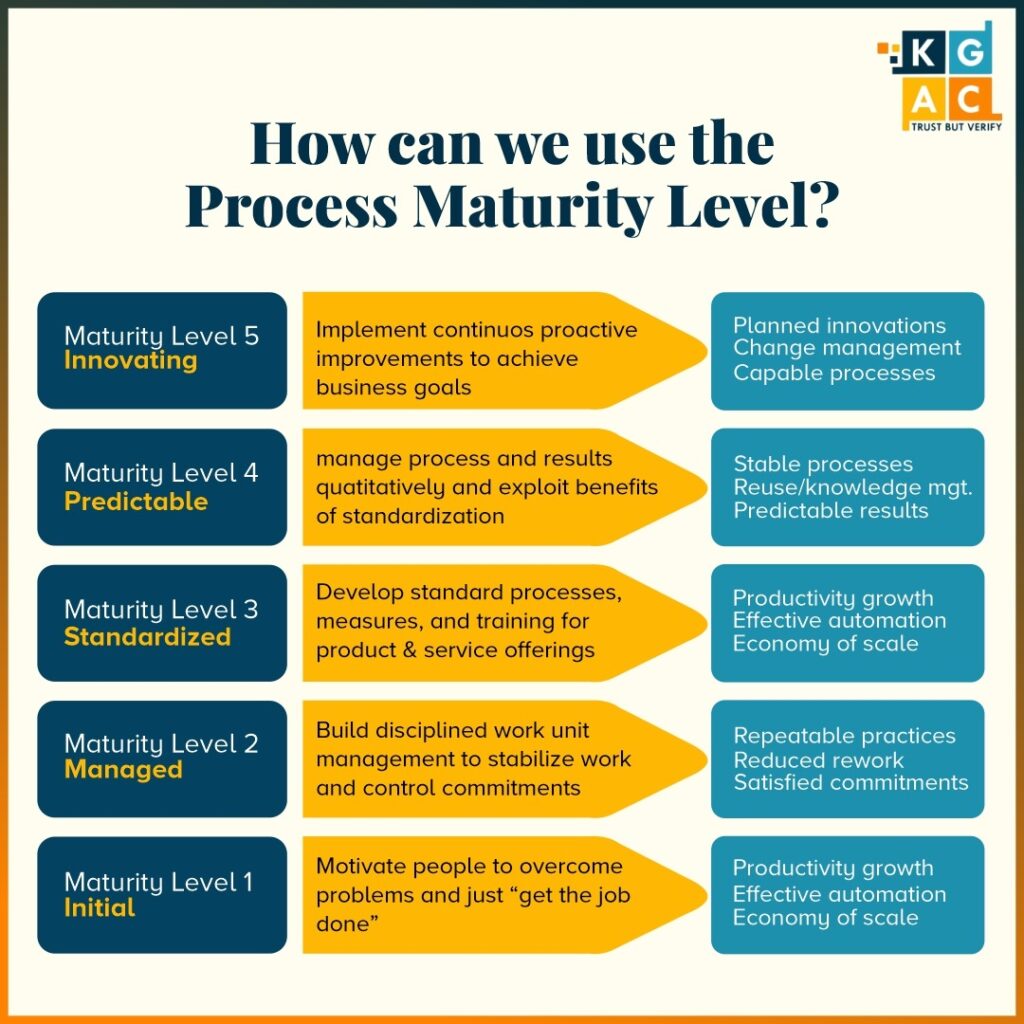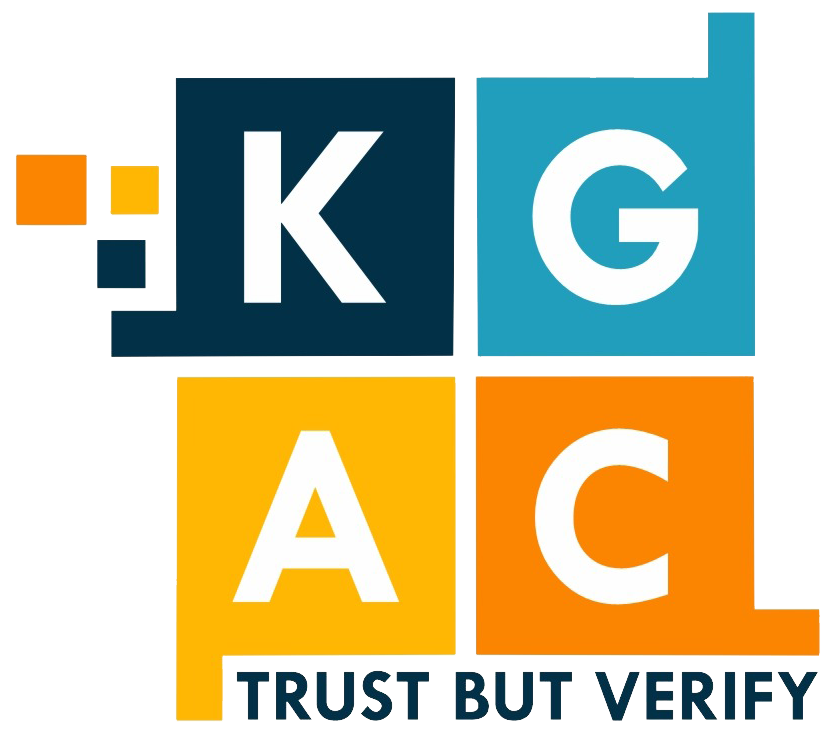
✅𝗟𝗲𝘃𝗲𝗹 𝟭 “𝗜𝗻𝗶𝘁𝗶𝗮𝗹 (𝗖𝗵𝗮𝗼𝘁𝗶𝗰) 𝘁𝗼 𝗟𝗲𝘃𝗲𝗹 𝟮 𝗥𝗲𝗽𝗲𝗮𝘁𝗮𝗯𝗹𝗲
The first step is awareness. When we hear of the same issues happening over and over again, we probably have an “invisible process” that is a Level 1 “initial” (chaotic) process. These Level 1 processes are the “chaos” in our organization that drives incredible inefficiency, complexity, and costs. Getting to Level 2 is as simple as having someone repeat the process in a way that creates consistent results. We can do this by shadowing the person, getting taken through the process, and making someone accountable for consistently doing the process.
✅𝗟𝗲𝘃𝗲𝗹 𝟮 “𝗥𝗲𝗽𝗲𝗮𝘁𝗮𝗯𝗹𝗲” 𝘁𝗼 𝗟𝗲𝘃𝗲𝗹 𝟯 “𝗗𝗲𝗳𝗶𝗻𝗲𝗱”
This defacto step should be taken with all semi-important critical processes across the organization. The person “responsible” for a particular process should define the process, goals, owners, inputs, and outputs and document all the steps using a standard operating procedure (SOP) template. Then, a person with the skills to perform the process but lacks the knowledge of it should do the process using the SOP to see if they can get the same consistent results by following the process instructions. Well-run companies have a database filled with SOPs across the organization so anyone can understand and perform a process.
✅𝗟𝗲𝘃𝗲𝗹 𝟯 “𝗗𝗲𝗳𝗶𝗻𝗲𝗱” 𝘁𝗼 𝗟𝗲𝘃𝗲𝗹 𝟰 “𝗠𝗮𝗻𝗮𝗴𝗲𝗱”
This is typically the most significant step of maturity, given that it abstracts a process to the input, output, efficiency, and effectiveness metrics so that you quantitatively understand the process. This step typically necessitates a system to enable automated workflow and the ability to extract data and information on the process. Furthermore, this step involves reporting on and management of the process.
✅𝗟𝗲𝘃𝗲𝗹 𝟰 “𝗠𝗮𝗻𝗮𝗴𝗲𝗱” 𝘁𝗼 𝗟𝗲𝘃𝗲𝗹 𝟱 “ 𝗢𝗽𝘁𝗶𝗺𝗶𝘇𝗲𝗱”
This step necessitates continuous improvement through feedback loops and analytics to diagnose and address opportunities. This is the realm of robust business intelligence and statistical tools. Process engineers may be assigned to drive continuous improvement programs for larger companies and processes, fine-tuning a process to wring out all the efficiencies.
Regardless of your organization or the nature of your work, understanding and working through process maturity levels will help you quickly improve your organization.
